The Digimon World Trilogy: Looking Back at an Experimental Era of Digimon Games
Making the leap from the Tamagotchi-style origins to video games had mixed results
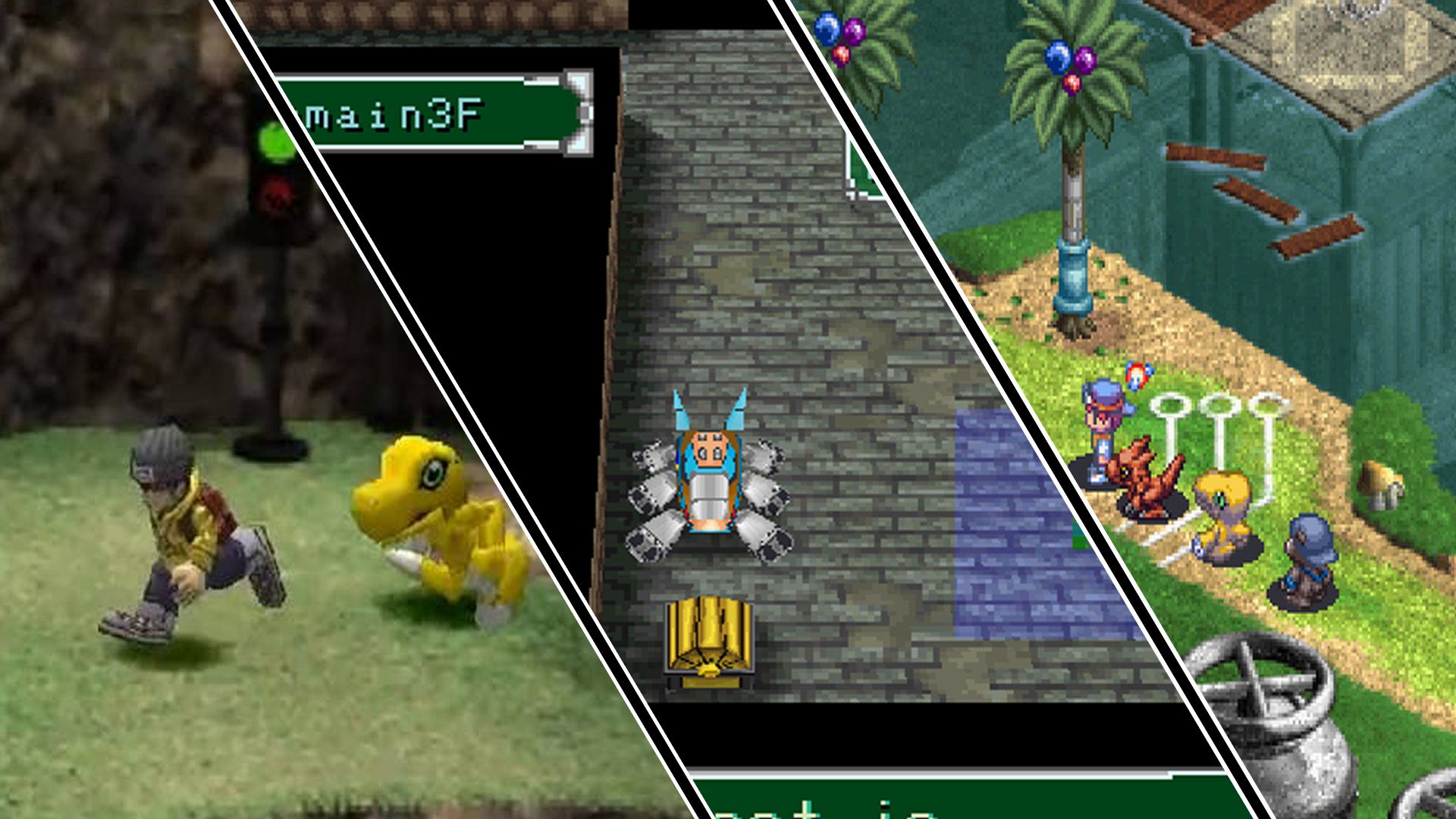
Digimon Survive is the newest game released in the franchise centered around the digital monsters that were a big success during the later 90s. This title is a Visual Novel with a small portion of strategic battles tackled for good measure. This is perhaps not the direction many fans expected for the games to go after the two most recent games, fun JRPG adventures called Digimon Story: Cybersleuth.
What many seem to forget is that, at least in gaming, Digimon was always a franchise that tried its hand at many different gameplay styles. While the series has its fair share of traditional JRPG experiences, it also has many strange experiments that tried to mix elements from the source of the franchise, the Tamagotchi-like pets, with the unique freedom of video games.
One of the eras where the franchise went experimental was during the original PlayStation's lifespan. Between 1999 and 2002, Bandai (prior to merging with Namco), released the World Series, a trilogy of titles, each one taking the basics of the Digimon franchise in a new direction. Players who expected to have games based on the famous anime received instead some experiences that tried to make Digimon stand out against its main rivals.
Back to the beginnings
Before we dive into the games, let’s go back in time and remember how the Digimon franchise started. The beginnings of the digital monsters date back to 1997, as a line of Tamagotchis created by Bandai. With a focus on being virtual pets made for boys, the Digital Monster was a huge success, mixing the care sim of a normal Tamagotchi with battles between the creatures that players could raise.
The success expanded the franchise to new places. The most famous example was Digimon Adventure, an anime that aired in 1999 and followed a group of children who would go on adventures to save the digital world. But before that, Bandai created video games that tried to replicate the Tamagotchi experience on a big screen.

Digital Monster Ver.S: Digimon Tamers was the first title created. Released in 1998 for the Sega Saturn only in Japan, the game, which was the first Digimon video game, was the Tamagotchi on a TV screen and with new visuals. The little gameplay changes weren't enough for this to be considered a proper adaptation to a new medium.
Bandai was still trying to bring the v-pets design into the world of video games. The Wonderswan, a portable machine created by the company, also received its version of a Digital Monster game. But while the formula worked well on a small screen, for a console, it would be necessary to tweak things and add content that would get players interested in play. Seeing Tecmo's success with the Monster Rancher games made Bandai realize that the market for a raising sim game existed, but they would have to add their element to make it unique from its rivals.

Digimon World - The pet goes on an adventure
On 28 January 1999, Bandai would release the first Digimon videogame on the original PlayStation. Digimon World offered a mix of the pet-raising sim and a small adventure that would make players embark on a journey through the Digital World. The game was fully 3D and offered a good list of playable monsters.
In the games, players took the role of a kid called to the digital world to help restore File City to its former glory. To complete their objective, the player will explore File Island and recruit monsters to help rebuild the city. With many enemies and dangerous obstacles, it would be necessary to raise your Digimon to surpass any challenge that will appear during the adventure.
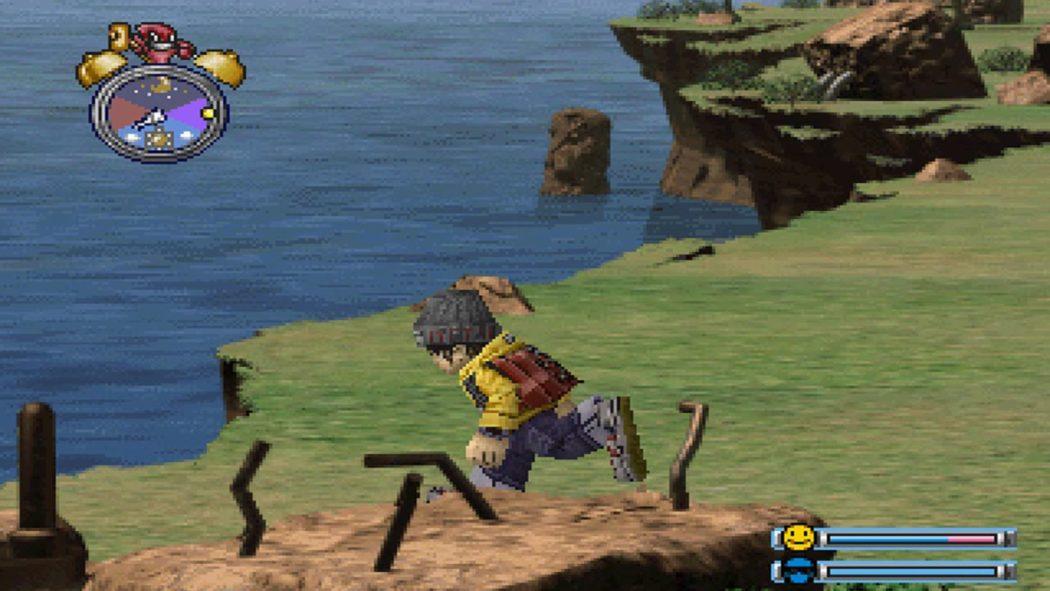
Digimon World has two parts: Monster Raising and Exploration. The first one is the core of the game. Like in the Tamagotchis, players have to take care of their Digimon, feed them, use the bathroom when needed, and train their status. Each monster has its life cycle, starting at the fresh level and going as far as Ultimate. A player needs to train their partner accordingly, so it can be strong enough to help during the journey.
Most of the time, players will be taking care of the digital partner. Digimons have needs that need to be fulfilled. Let your monster feel hungry for a long time, and he might die. If they poop enough in the field, they will turn into Numemon, a weak monster, and if the player overworks them, they get sick and die.
Meanwhile, the exploration part is, just like the name says, the adventure part. The island is fully accessible, and players need a strong partner to challenge some areas. The objective here is to find Digimon willing to help rebuild the city. Many will only join forces after being defeated in battle, while others require the completion of a minigame or a side quest.
The battle system is also something that makes a distinction between World and other games in the series. Players can only watch their partner fight against wild Digimon, with the only interaction being the use of items or giving some orders. With some luck involved, the battle system in World 1 is unique, and in combination with the raising system, it might work as intended or cause more annoyance to players.
Digimon World is a challenging game to play if it is your first time. The game is a 90s experience, with lots of trial and error in the raising mechanic and not many guides during the exploration. Players won’t know how to get the digivolutions in-game, nor what status helps during battle. There aren’t a lot of chances to experiment, at least not at the start, with limited resources available.
The exploration part also has its problems. It's hard to know how to recruit some of the Digimon, and while the island is mostly open from the start, many places require some item to make it appear or even advance the plot. Not many clues aren't available on how to progress, and sometimes players will face a challenge they never expected, resulting in losing their partner.
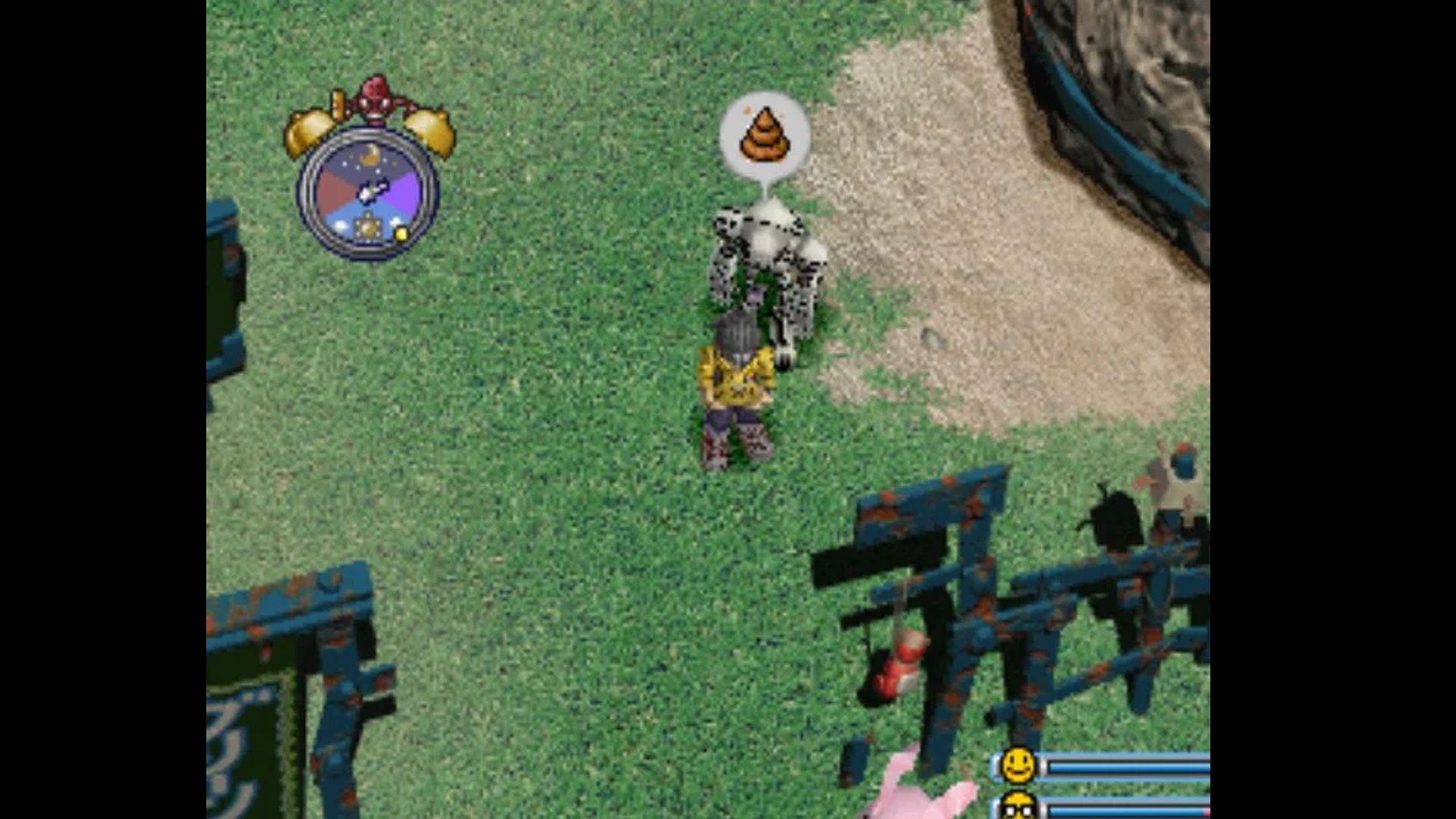
While the raising system adds some uniqueness to the game, it can also be considered one of its flaws. The partners only last for a couple of days in the game, and when the monster dies, players have to go back to the city to get a new one. Not only is it annoying, but the newly reborn Digimon doesn't keep any status or skills learned, which means it needs to be re-trained, wasting valuable time repeating the same things.
Because World 1 was out before the anime, many Digimon that appeared on the show weren’t available in the game. Being more based on the V-pets meant that some digivolution lines were different too. One of the most iconic monsters, Metal Greymon, is based on the original blue Virus version, while the anime popularized a new Orange Vaccine type that became the norm. Megas, another stage of digivolution first seen in the anime, is also absent from the title.
Even if it has flaws and unforgiving difficulty, Digimon World 1 is a well-regarded title by many fans. Even today, 23 years after its release, it is still claimed to be one of the best games in the series by many. The combination of V-pets elements, and a semi-open world adventure, made for a surprisingly fun experience when everything worked as intended.
But while Digimon World sold well enough, Bandai wanted to do more to the franchise. While the first PlayStation experience still was based on its V-pets days, for the next game, the company wanted to tackle a type of game expected from a series with a collection of different monsters. Using the Digimon Adventure anime and V-Tamers manga as a base, Bandai wanted to give players a big journey, more akin to a hero versus villain story.
Digimon World 2 - A test of patience
Announced at the same time as its prequel, Digimon World 2 was released in 2000 for the original PlayStation. Unlike the first game, the title is a Dungeon Crawler with an RPG battle system. This time players take control of Akira, a young human who lives in a city inside the Digital World.
At the start of the game, Akira is a cadet training to become an official Tamer. After finishing his last training mission, he joins a team and starts going into missions to protect its city and defeat evil Digimon, eventually turning into a legendary Tamer that will have to save the Digital World from a group that wishes to destroy it.
Leaving the V-pets elements behind, World 2 is a much more traditional gaming experience. Players can control a group of Digimon, up to 3 per battle, and must navigate dungeons, called Domains, to defeat the Boss at the end and advance the narrative. While the story is minimal, a more linear structure to the journey exists here.
World 2 utilizes dungeon RPG mechanics during exploration, with maps generated randomly and players using the Digi-Beetle, a tank, as a means of transportation. Domains are full of wild Digimon, traps, and obstacles to overcome. The game utilizes a system that limits the number of items carried, and a little strategy is required every time a venture to the domains happens.
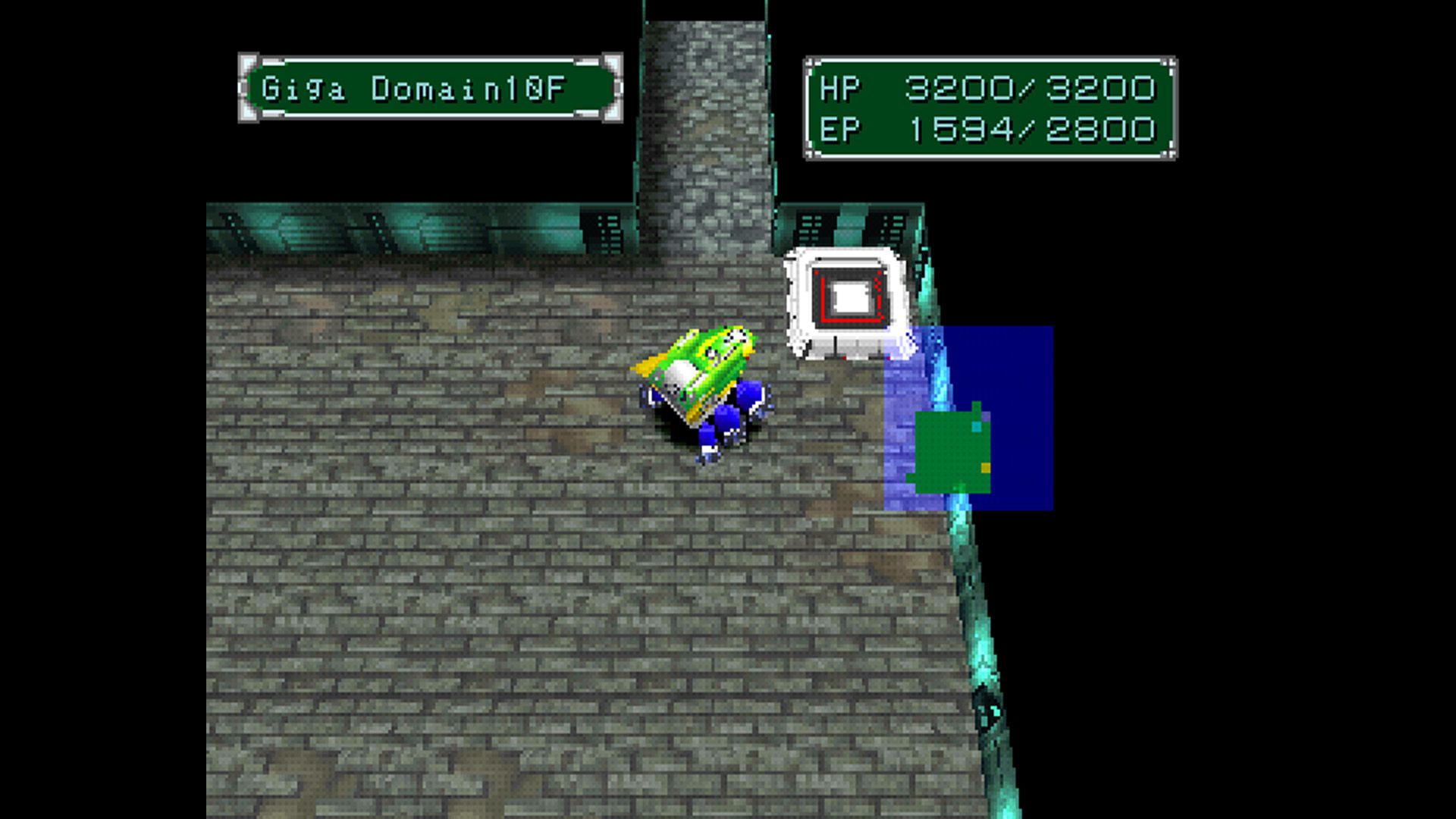
Every step counts, and players need to be careful not to run out of energy and be forced to pay a fee when booted back to the city. The Digimon met in the dungeons are befriended using items corresponding to their attribute: Vaccine, Data, or Virus. A limit to how many monsters can be controlled by the player exists, and it's necessary to get new monsters to advance on the journey.
The RPG elements are an integral part of the game. Battles are in turn, and each Digimon has a variety of attacks and skills that use MPs. Digimons also gain EXP and level up, with digivolutions available at levels 11, 21, and 31. Although this means no raising-sim elements, there’s still some v-pets influence in the game.
Each Digimon has a level cap and is required to use the DNA Digivolution mechanic to raise it. With it, players can fuse two monsters to create a new one. The resultant one will start at a lower level, usually Level 1, and it will need to be trained, but the monster will get the parent's moves and an increased level cap.
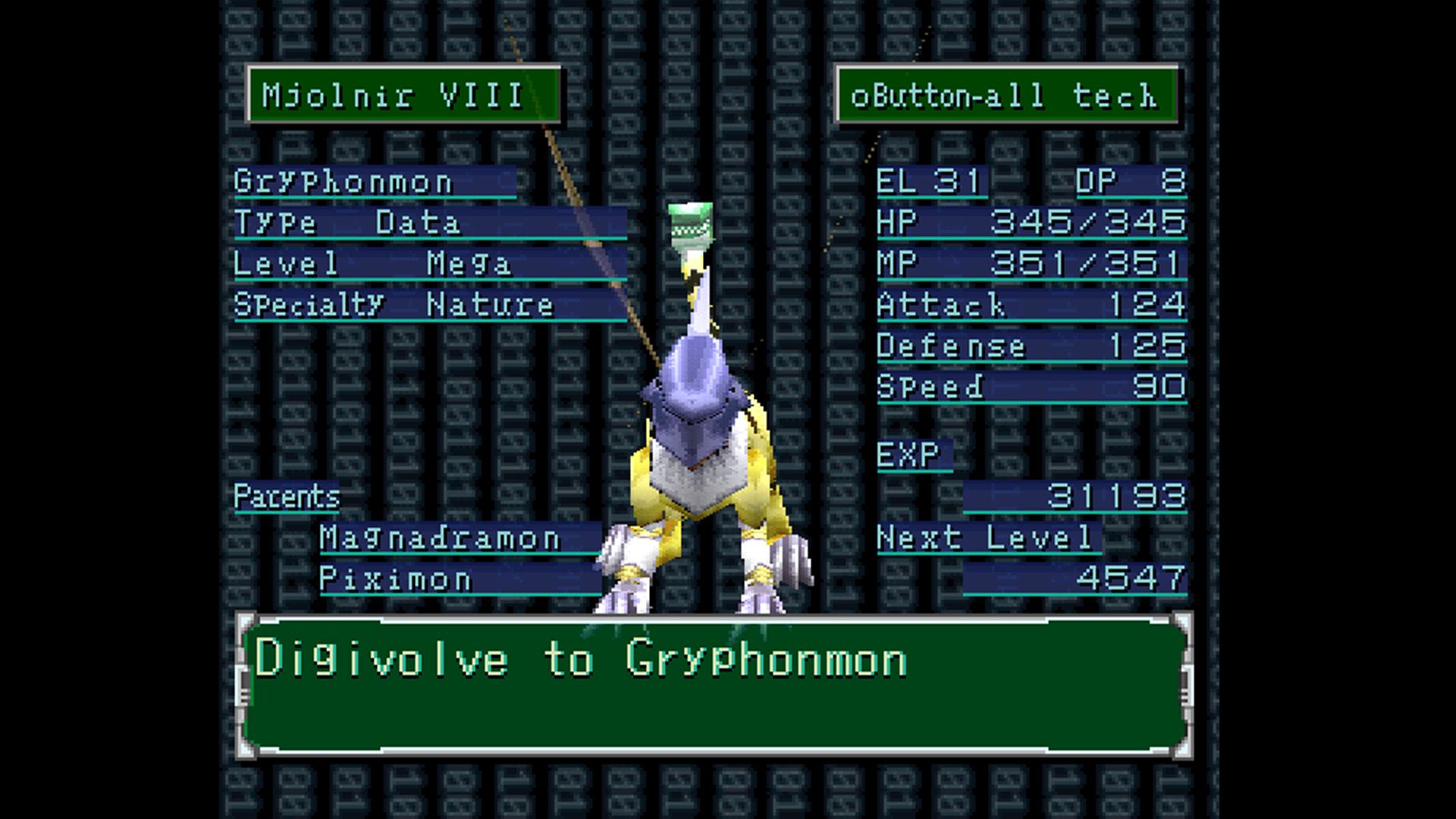
Digimon World 2 is an experience that is grindy at its core. The repetition of getting new Digimon, training them, and then DNA Digivolution to increase its level cap will take hours of playtime. The title is something that will require patience. The entire experience is a slow burn, with animations and cutscenes taking too long to finish and battles having severe frame drops.
The game had its advantages over its predecessor. The switch to an RPG formula made it so that more people could enjoy the title. The amount of Digimons available is impressive for a PS1 game. Finally, the soundtrack has some good themes on it.
Digimon World 2 was Bandai testing a more traditional experience in the console market. Although the game has flaws, there were some good points here too. It was a start, and Bandai would try to continue to bet on more RPG-like experiences with the final World game on the original PlayStation.
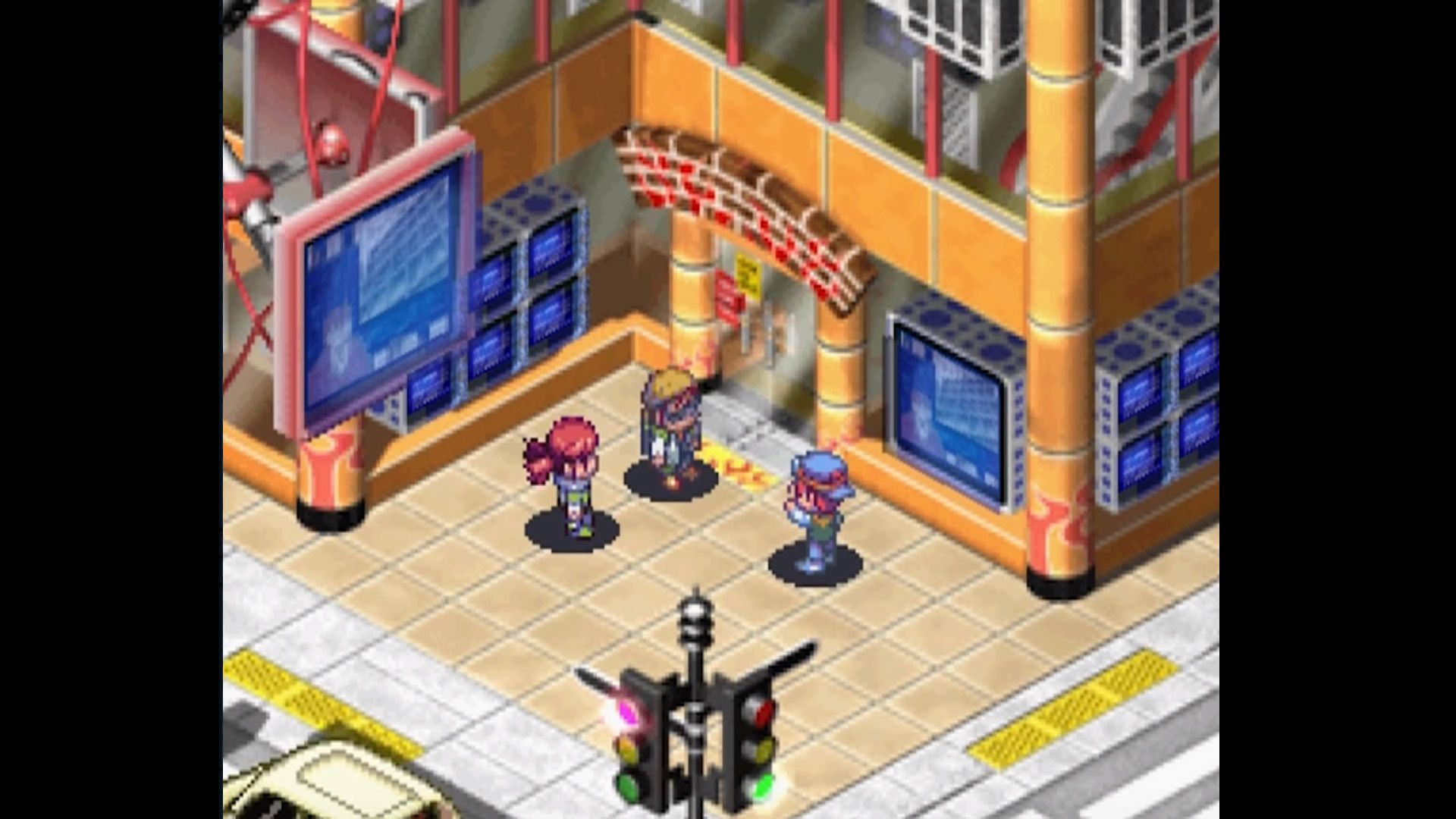
Digimon World 3 - The tenuous line between copy and inspiration
The final title in the World Series for the original PlayStation, Digimon World 3, was released in 2002, far too late in the console's lifespan. The game is a traditional JRPG, where players take the role of Junior, a young boy who plays an MMORPG called Digimon Online with his friends. After being trapped inside the game, Junior now has to stop an evil organization and save the digital world.
Digimon World 3 is a different experience compared to its predecessors. The entire game mixes 2D graphics and sprites with turn-based battles in 3D. The EU version of this title is also weird, called Digimon World 2003 because World 2 was never released in Europe, and it has some post-game content.
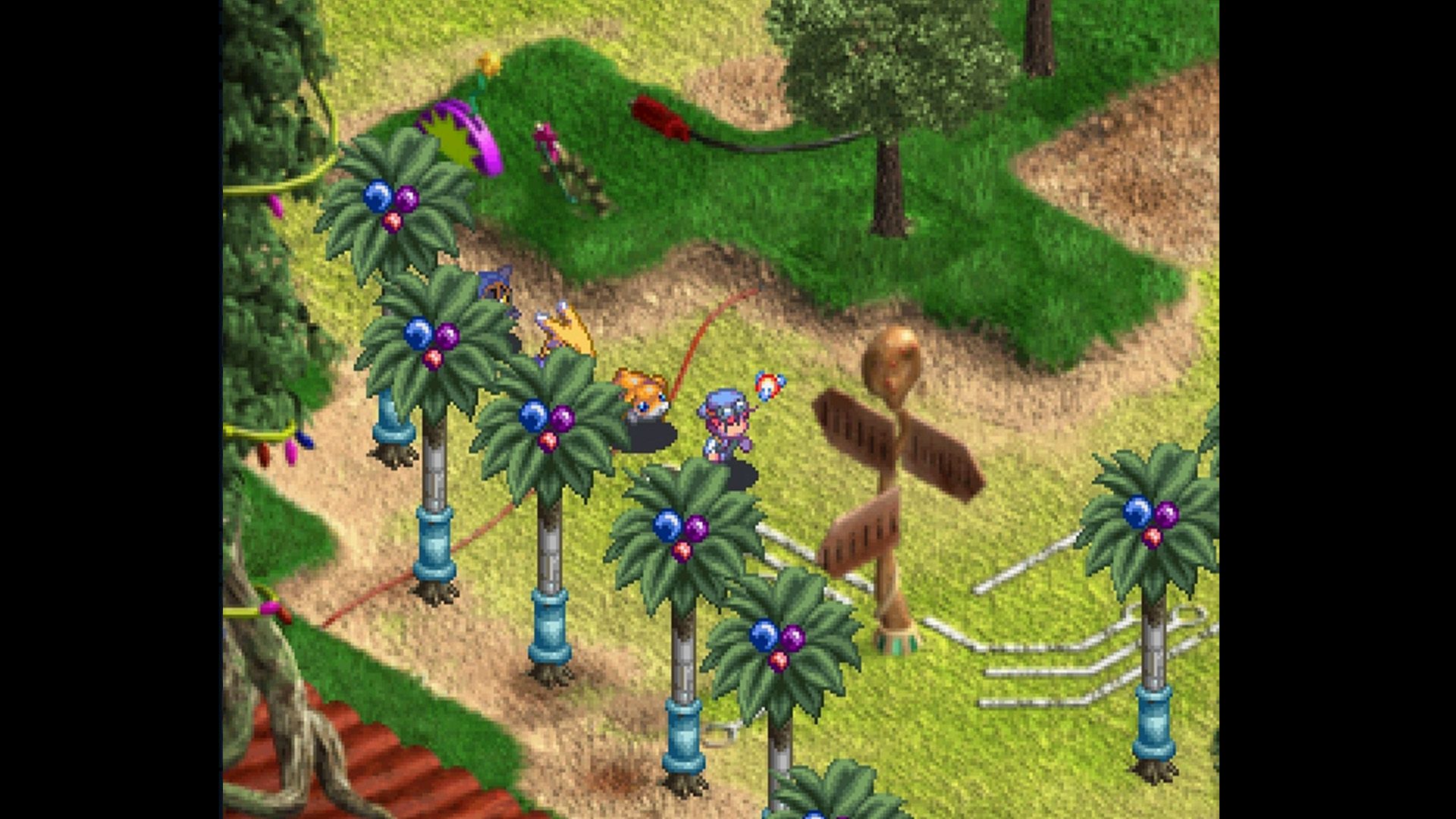
Being a JRPG, World 3 focuses on the narrative and making players overcome obstacles. Unlike its predecessor, the game has one-versus-one battles, and the number of controllable Digimons is smaller. There are only eight playable monsters, but now, there are multiple digivolution lines that can be unlocked and used. Unlike the other games, evolution works like equipment and has its separate levels.
World 3 also tried to implement some V-pet elements into the RPG formula in a better way than World 2. Now, every time Digimon level up, they get training points that can be used in specific places to train the status of your partners. But otherwise, the entire game is much more akin to the JRPG genre, with equipment gear, random battles, and a big world to explore.
The game also offered a great deal of extra content for fun. There was an entire card game available to play, side quests that rewarded new Digimon and gear, and fishing was also a fun distraction, reminiscent of the JRPGs roots the game followed.
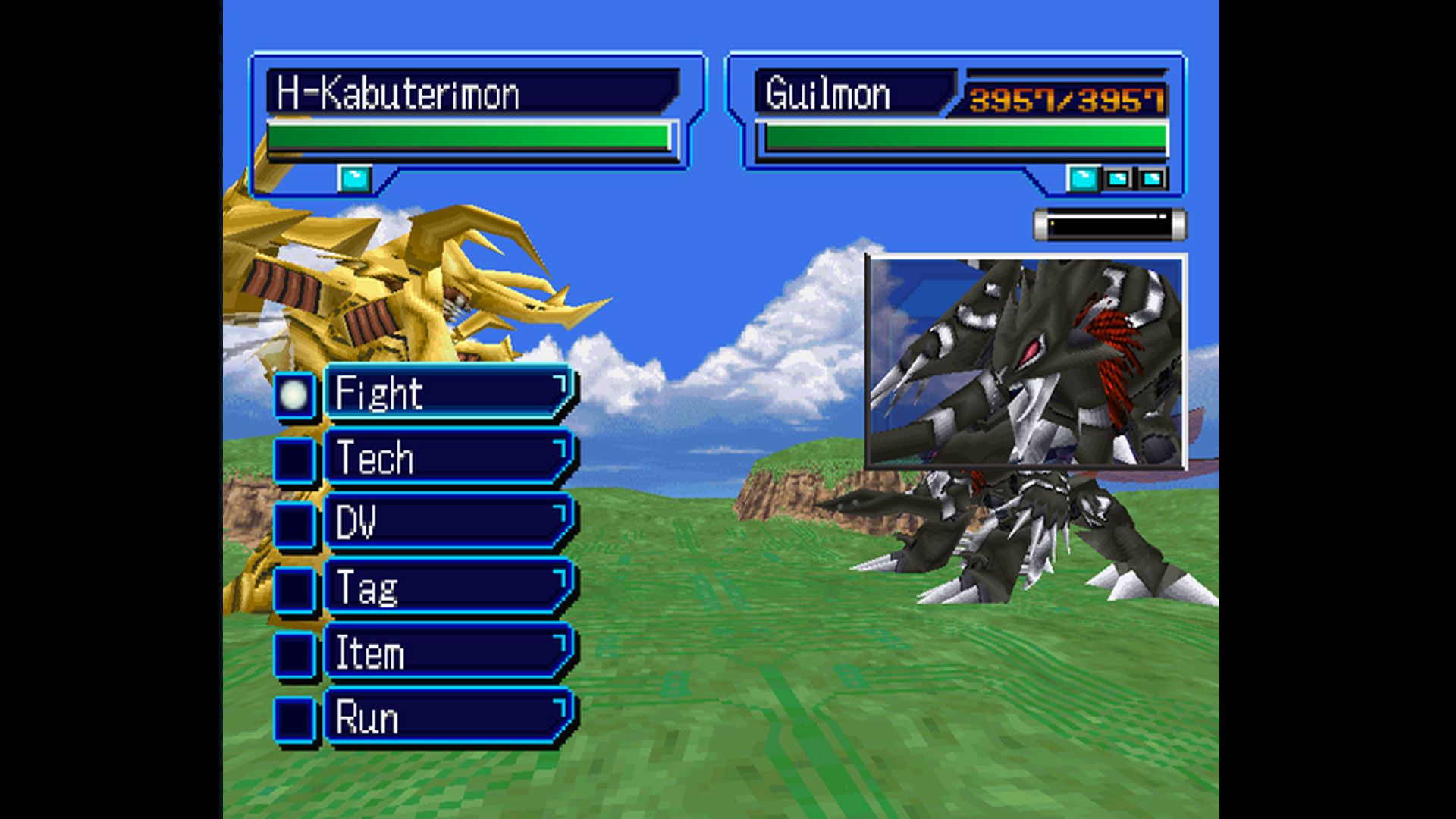
With the success of the Digimon franchise and the games becoming RPGs, comparisons to Pokémon started to appear. While it’s true that both series started in different ways and that Digimon was always more than a simple clone, the worldwide recognition of the pocket monsters made it hard for any other franchise about collecting monsters to be its own thing.
Bandai took the comparison a little too far with Digimon World 3. Many notice the similarities with the Pokémon franchise, from the one-vs-one battle to the narrative. Before the save the world plot, Junior's objective inside the MMORPG is to defeat the leaders in each city and become the Digimon Champion. To prove his skills, each of his opponents gives him a badge. Sounds familiar to anyone who would have played a game with Pikachu on it.
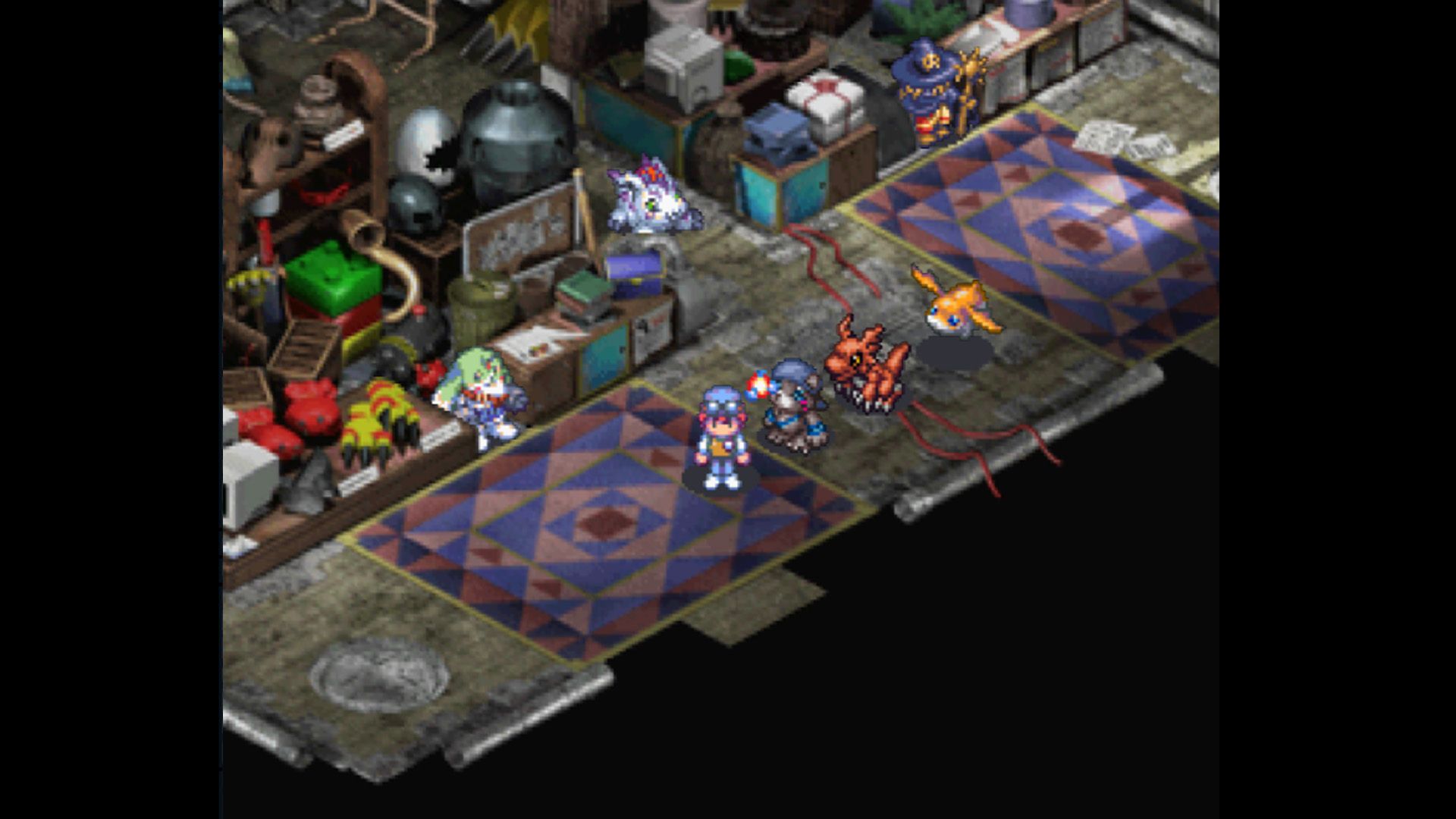
Although there are many similarities to Pokémon, World 3 is still a game that can stand on its own two feet. However, while Bandai seems to have learned from its predecessors, some of its flaws continue here. The two most obvious ones are the grinding; although less than World 2, it's still here in a certain quantity and the game lacks much in the way of instructions on how to progress.
Without a guide or previous knowledge, World 3 is a confusing game. The title doesn't tell or explain how to progress on your journey. The status isn't 100% explained, nor how to unlock some evolutions. Random battles are another problem, seeing how they happen with too much frequency.
Digimon World 3, however, had some success, and its JRPG elements became the basis for the Story subseries. The game also introduced exclusive Digimon that would appear in the franchise's future series.
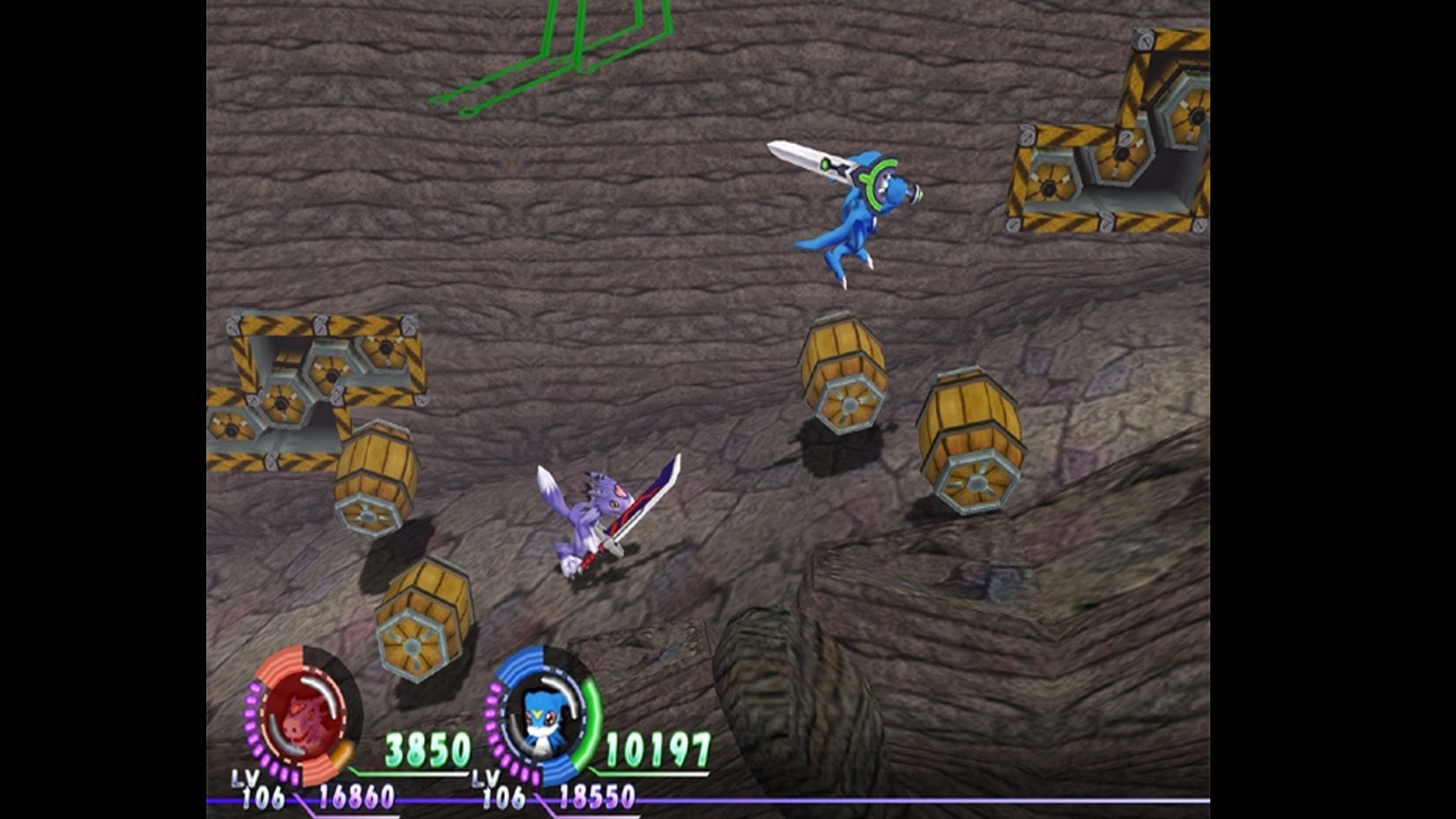
A piece of the times
After the release of World 3, there was only one extra game that tried to make something different in this subseries; Digimon World 4 for the PlayStation 2 was an action RPG. After the lack of success, Bandai decided to branch out of the Digimon video games series, with the Story continuing to use the JRPG format, while World returned to its first game formula.
In the West, however, many games would be released with the World name to get brand recognition. The first few Story games on DS, World DS, and Dusk and Dawn, a Data Squad RPG for PS2 and Digimon World Championship. An official World title would only come out in 2012, with the release of Digimon World: Re: Digitize for the PlayStation Portable.
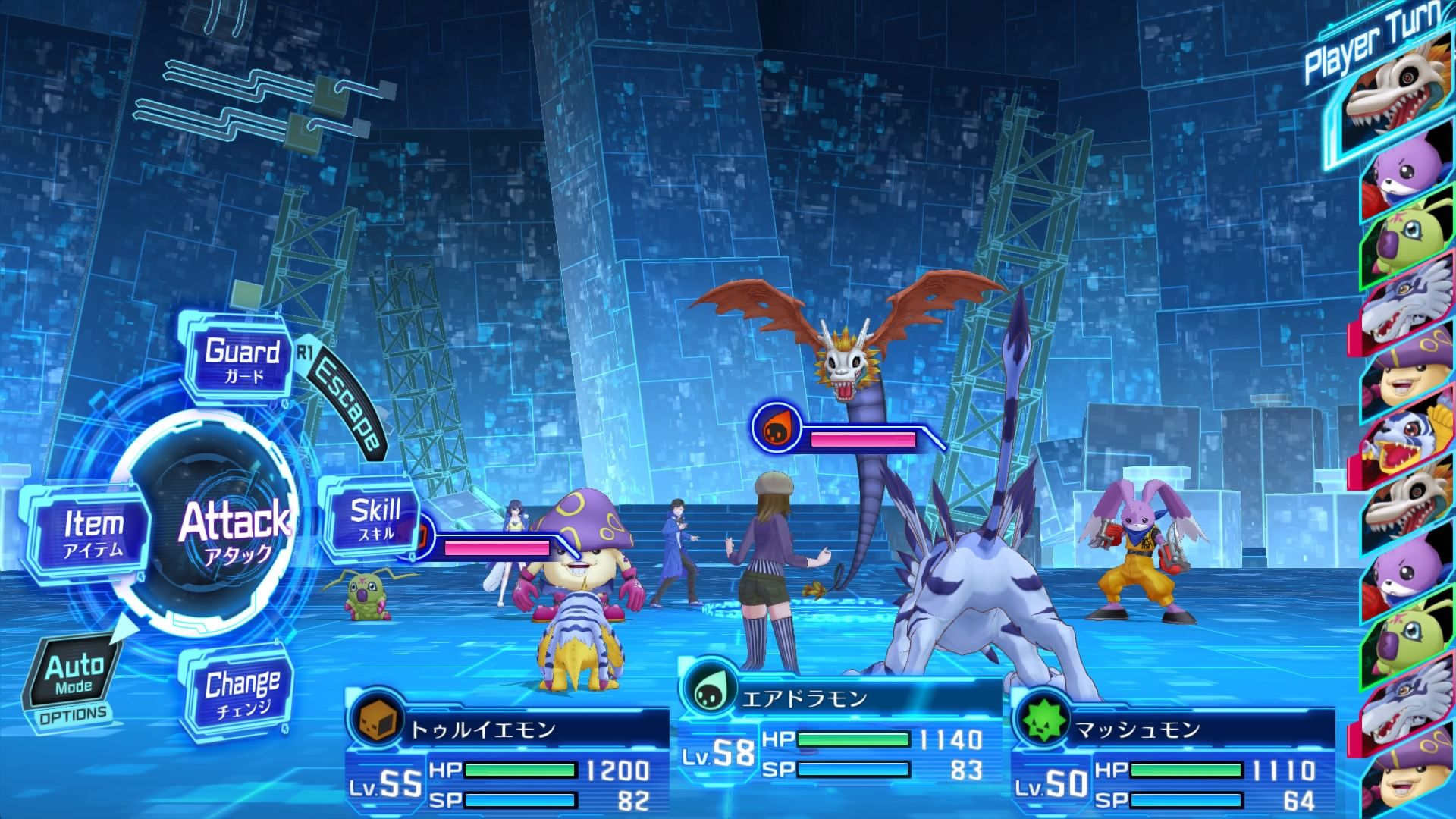
Although Digimon had many spin-off games over the years, with each one focusing on a different genre, the franchise started to gear towards a specific genre. The days of experimentation and trying to make a title that could combine the V-pets mechanics with the dynamic of a video game are over, especially when JRPGs are a famous genre and the Story sub-series is a huge success.
The PS1 World trilogy has flaws, but the experimentation meant that players could get a fresh experience with each new release. All three games suffer from similar problems, including excessive grinding and a lack of explanation. But they also brought some fun mechanics, ideas, and trying to separate Digimon from its rivals. Bandai Namco is looking to bring back Digimon as a way to remind the world that the Digital Monsters are its own thing and not just a Pokémon clone.